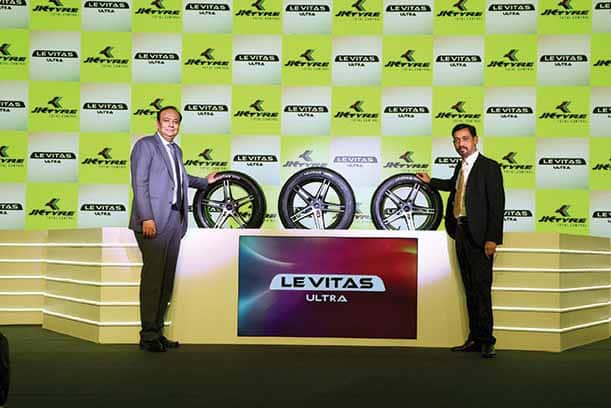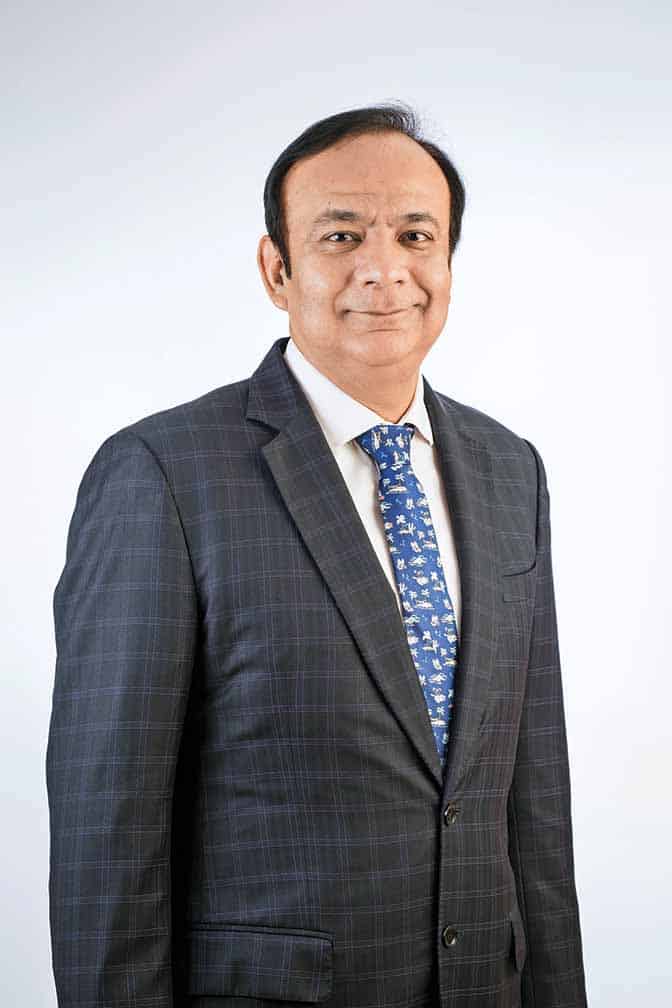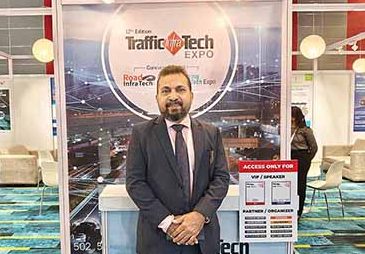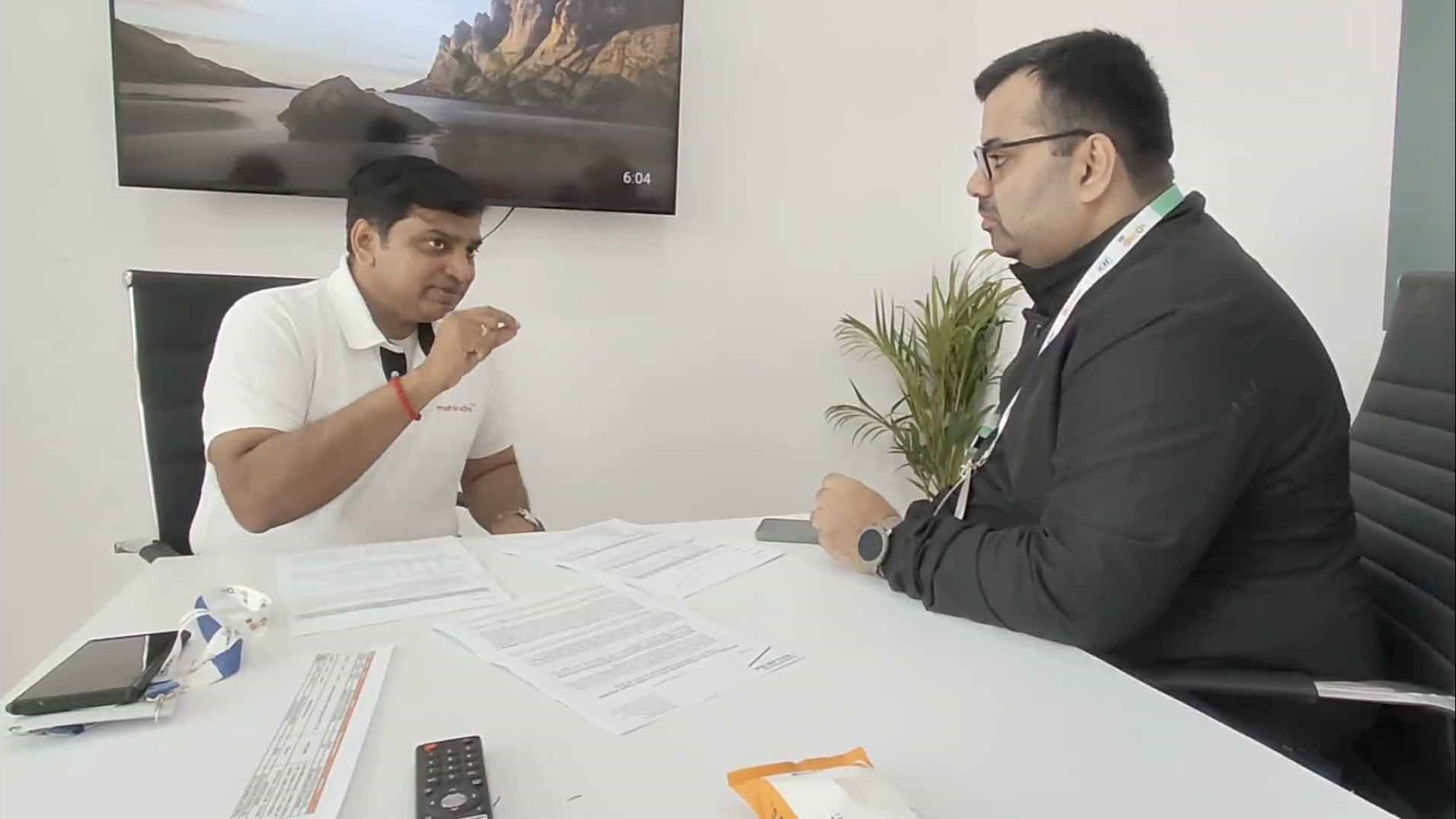In an upfront conversation, Anuj Kathuria, President (India), JK Tyre and Industries Ltd. speaks on tyre solutions tailored to OEM prerequisites and customer benefits with Ashish Bhatia.
Q. How are you participating in the global right-to-repair movement for the aftermarket?
A. At JK Tyre, we acknowledge the significance of the global right-to-repair movement and are aware of the need for customers to maintain and repair the used product. As a brand, we have consistently prioritised the needs of our customers while developing new products and have provided them with valuable options. Over the years, we have offered products with cutting-edge technology that is favourable for customers in the aftermarket. Moreover, we also have over 50 Re-tread centres in the country with state-of-the-art technology, machinery and trained manpower. The centre helps identify and recommend relevant repair and re-tread procedures to the fleet owners that can bring down and reduce operational costs. These centres help in avoiding scrap, ensuring a second and third life for tyres.
Additionally, our ‘Smart Tyres’ range has a tyre pressure monitoring system based on sensor technology, enabling real-time smartphone application-based alerts for inflation and temperature breaches. It will help offer better fuel efficiency and lower breakdowns. Also, our ‘Puncture Guard’ tyres for cars and two-wheelers have special sealants producing a protective layer that instantly cures punctures, ensuring a hassle-free and secure drive. Our continual goal has been to create and provide customers with solutions that provide the most possible benefits while also being affordable.
“At JK Tyre, we acknowledge the significance of the global right-to-repair movement and are aware of the need for customers to maintain and repair the used product.”
Q. A word on commodity pricing and operating margin pressures?
A. The commodity prices were quite volatile till the second quarter of FY23 (Q2-FY 23). However, during the last couple of quarters, the prices have been stable. The unprecedented increase of 40 per cent plus over the last two years had a huge impact on the entire tyre industry. We have been taking price increases at regular intervals to offset the adverse impact of the Raw Material (RM) price increases. Despite these increases, we have not been able to pass on the entire impact. Parallelly we have also undertaken programs to improve our efficiencies and reduce the operating cost. With some softening in the commodity prices during the fourth quarter of FY23 (Q4-FY 23), the industry may see some improvement in the operating margins which were earlier impacted adversely.
“We have been taking price increases at regular intervals to offset the adverse impact of the Raw Material (RM) price increases. Despite these increases, we have not been able to pass on the entire impact.”
Q. With the RDE rollout, how is the tyre industry contributing to minimising on-road emissions?
A. The industry is taking steps to contribute to minimising on-road emissions in line with the Bharat Stage VI Phase II (BS6.2) emission standards also known as Real Driving Emissions (RDE) norms. This includes developing energy-efficient tyres, promoting sustainable materials and production processes, educating consumers on proper tyre maintenance, and exploring the use of smart tyre technologies.
On the product innovation front, we have recently introduced the XF range of tyres that are extra fuel efficient and are built with ultra-low Rolling Resistance Coefficient (RRC) using next-generation compounds which helps in saving up to 10 per cent of fuel cost. These tyres are not only extremely effective in reducing operating costs, but they also significantly contribute to conserving the environment. Additionally, our ‘Smart Tyres’ sensors allow for early detection of issues and deployment of timely, preventive measures to avoid them. In turn, aiding in the delivery of higher fuel efficiency of up to four to five per cent leading to a reduction in carbon emissions. Moreover, our latest edition in EV tyres especially for SUVs, the new RANGER HPe is designed and developed with XPolymer3 technology making it the most durable, safest and fuel-efficient tyre for Indian road conditions.
“The industry is taking steps to contribute to minimising on-road emissions in line with the Bharat Stage VI Phase II (BS6.2) emission standards also known as Real Driving Emissions (RDE) norms. This includes developing energy-efficient tyres, promoting sustainable materials and production processes, educating consumers on proper tyre maintenance, and exploring the use of smart tyre technologies.”
We are also working with many OEMs to understand their requirement and to develop products basis their prerequisite. In terms of services, JK Tyre is a leader in fleet management mobility solutions. We provide a full-service tyre management programme, from purchasing new tyres to their disposal. We can assist our customers with improved tyre life and higher fuel efficiency on the road thanks to the ‘Total Tyre Management Service’ and our committed team of professionals that support them around the clock.
Q. Any further development on light weighting which is profitable also as a tyre OE?
A. According to popular belief, cutting down on material will directly lower the cost of the finished product. However, lightening the weight of a tyre is an expensive endeavour because a lighter raw material still has to perform better, therefore the cost of the material increases as a result of its strength and weight. Furthermore, the assembly, extrusion, and curing of these tyres must be done with extreme precision, adding to the cost of controls, inspection, and precision machinery. Also, the rigid requirements for tyre homogeneity in low-weight tyres cause performance to suffer and raises costs. Even though it has a shorter cycle time for curing, the cost is still too high, particularly in a market as India where consumers are very price sensitive.
“According to popular belief, cutting down on material will directly lower the cost of the finished product. However, lightening the weight of a tyre is an expensive endeavour because a lighter raw material still has to perform better, therefore the cost of the material increases as a result of its strength and weight.”
For a domestic market, it also increases the price of an additional warranty because of damages and road risks, which is offered as an ‘Unconditional Warranty’ by JK Tyre. Currently, the value does not lead to a premium or price increase for tyre manufacturers from OEMS because it is incredibly cost competitive with relatively low margins. ACI
Also, read Premium Replacement Tyre Solutions










Leave a Reply